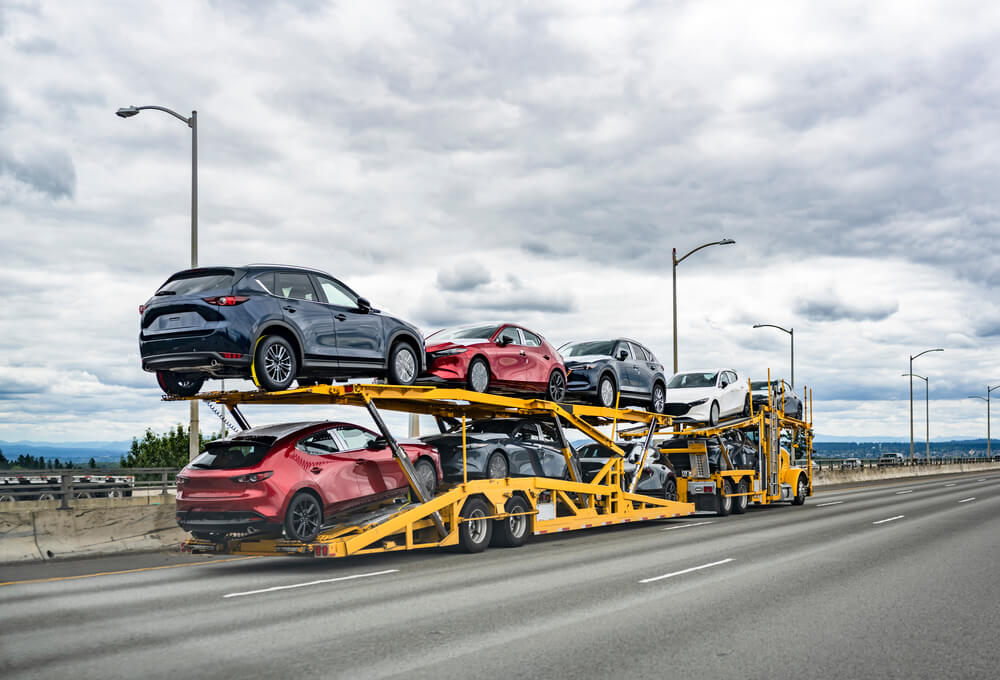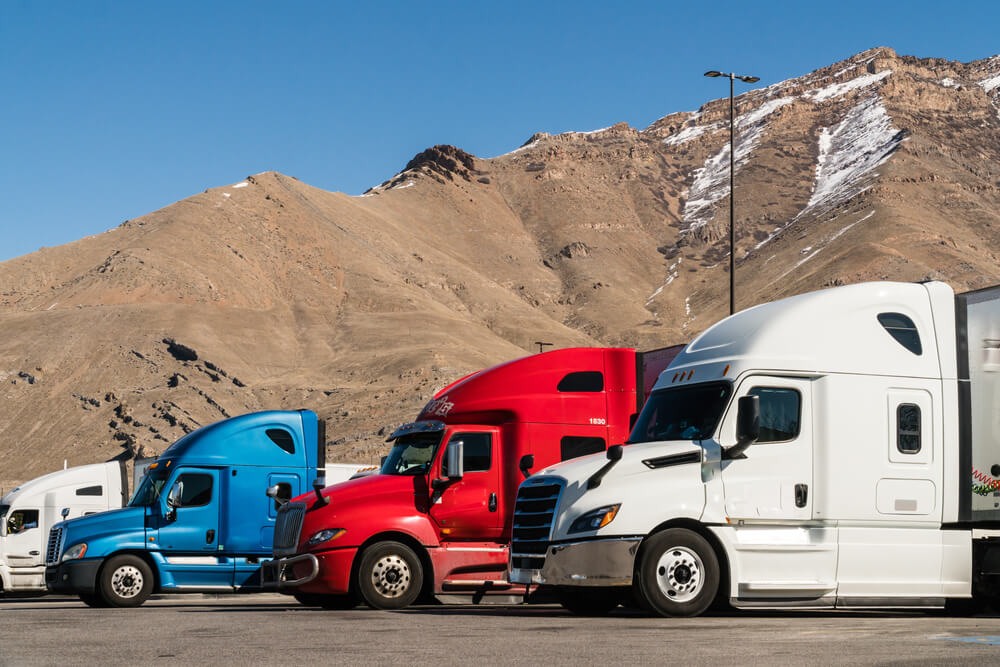Unlocking the Process: How to Open a Shipping Container with Giant Lockbox
Giant Lockbox, a prominent figure in the shipping container industry, provides valuable insights into the process of opening a shipping container. Whether you’re accessing your container for the first time or performing routine maintenance, understanding how to open a shipping container safely and efficiently is essential. With Giant Lockbox’s commitment to quality and customer satisfaction, mastering the art of container access ensures smooth operations and optimal functionality. Let’s explore the step-by-step process of opening a shipping container and discover how Giant Lockbox can assist you in unlocking your container’s potential.
Inspect the Container Exterior: Before attempting to open the container, conduct a visual inspection of the exterior to ensure that it’s in good condition. Check for any signs of damage, such as dents, rust, or corrosion, that may affect the operation of the doors. Ensure that the container is sitting level on the ground and that there are no obstructions blocking the doors. Giant Lockbox’s containers are built to high standards of durability and reliability, providing a sturdy foundation for accessing your cargo.
Locate the Locking Mechanisms: Shipping containers are typically equipped with locking mechanisms on the doors to secure the contents during transit. Depending on the container’s design, these locking mechanisms may include padlock hasps, twist locks, or locking rods. Familiarize yourself with the type of locking mechanisms used on your container and locate them before attempting to open the doors. Giant Lockbox’s containers feature robust locking systems that provide enhanced security and peace of mind.
Remove External Locks or Seals: If the container is sealed with external locks or seals, such as padlocks or security seals, you’ll need to remove them before opening the doors. Use bolt cutters or a seal-breaking tool to cut through the locks or seals safely and effectively. Be sure to dispose of any broken locks or seals properly to prevent littering and maintain a clean workspace. Giant Lockbox’s containers are compatible with a variety of locking devices, allowing customers to choose the level of security that meets their needs.
Unlock the Doors: Once the external locks or seals have been removed, it’s time to unlock the container doors. Insert a key or combination into the locking mechanism and turn it clockwise to release the locks. If the container is equipped with twist locks, rotate them counterclockwise to disengage them from the container’s frame. For containers with locking rods, slide them out of their housing to unlock the doors. Exercise caution when operating the locking mechanisms to avoid pinching or trapping fingers. Giant Lockbox’s containers are designed for ease of use, with user-friendly locking systems that facilitate smooth operation.
Open the Doors: With the locks disengaged, you can now open the container doors. Stand to the side of the doors and grip the door handles firmly. Pull the doors outward and slide them along the container’s track until they are fully open. Be mindful of any obstacles or uneven terrain around the container that may impede the doors’ movement. Once the doors are fully open, secure them in the open position using door holdbacks or latches to prevent them from closing unexpectedly. Giant Lockbox’s containers feature robust door hinges and seals that ensure smooth operation and a secure closure.
Perform Interior Inspection: After opening the container doors, perform a thorough inspection of the interior to ensure that it’s clean, dry, and free from any damage or debris. Check for signs of water intrusion, pest infestation, or mold growth that may require attention. Verify that the container is structurally sound and that there are no visible defects that could compromise its integrity. Giant Lockbox’s containers undergo rigorous quality control measures to ensure that they meet industry standards for durability and reliability.
Secure the Container: Once you’ve accessed the container and completed your inspection, it’s essential to secure the doors properly before leaving the site. Close the doors securely and engage the locking mechanisms to prevent unauthorized access and protect the contents from theft or tampering. If necessary, reapply external locks or seals to further enhance security. Giant Lockbox’s containers offer peace of mind with robust locking systems and tamper-resistant features that safeguard your cargo during transit and storage.

